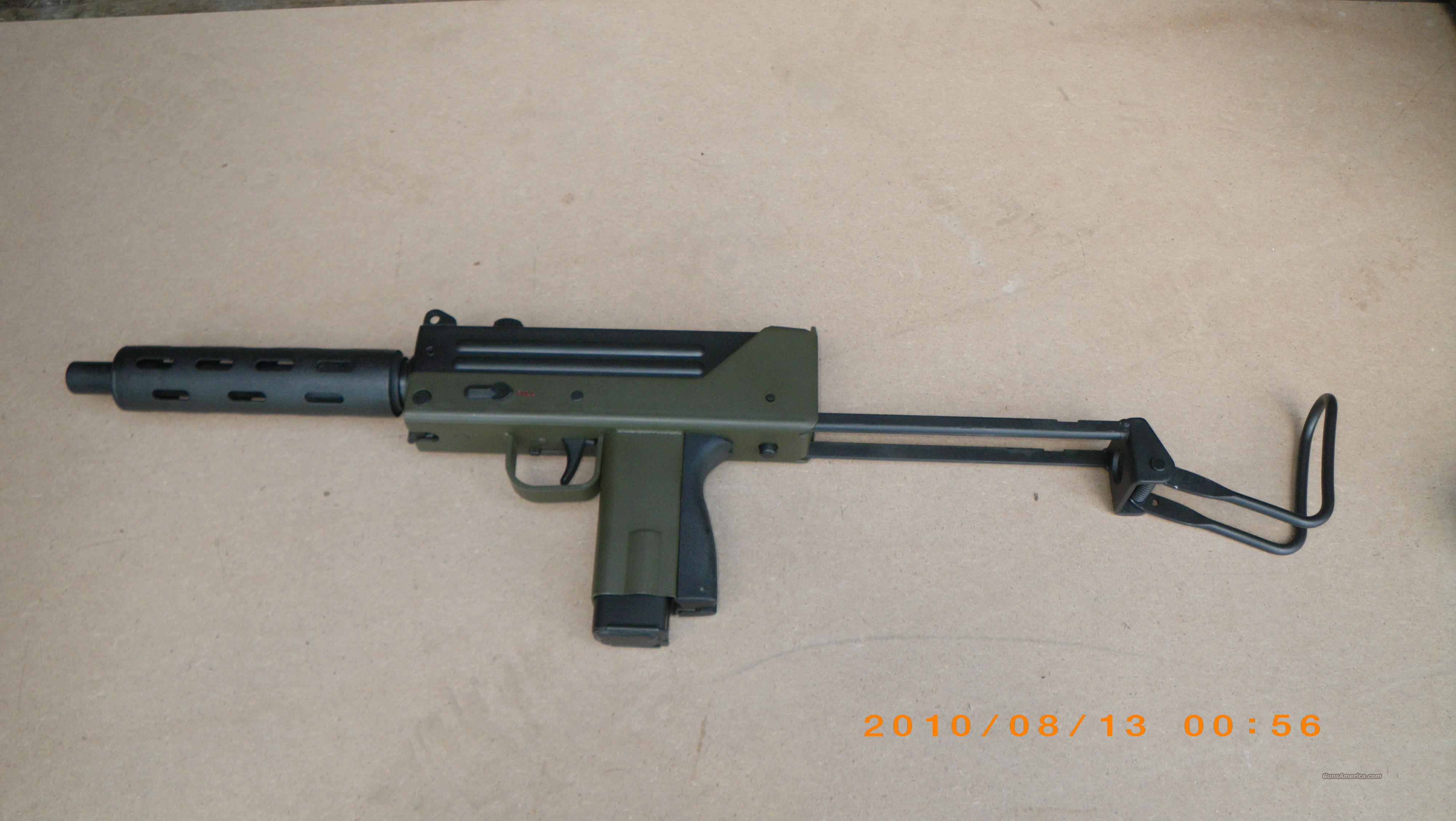

The SIONICS acronym stood for Studies in Operational Negation of Insurgency and Counter Subversion. SIONICS primary business was designing and manufacturing suppressors or “silencers” for the U.S. Powder Springs, Georgia based company was owned by a flamboyant individual named Mitchell L. In 1969, Gordon Ingram went to work for the SIONICS Inc. The Ingram M10 weapon was offered in the Erquiaga Arms catalog but no orders were forthcoming, and consequently no additional Model 10s were produced by the company.
#Mac 10 9mm conversion kit full
The first Model 10 was full automatic only and chambered in 9mm Parabellum, using British Sten magazines. The M10 was radically different from any of Ingram’s previous designs. While working at the Erquiaga Arms Company in California, Ingram made the first prototype of the Model 10 submachine gun. In 1964, Gordon Ingram began to concentrate on a basic, simple weapon aimed primarily at the third-world market. The Ingram M6 was followed by the prototype M7, M8 and the M9 submachine guns that were similar in concept to the Model 6, but only the Ingram M6 was made in quantity. The Ingram M6 weapon was also made in Peru and the receivers of those M6 guns are stamped with a Peruvian crest.Īlthough the Model 6 was offered in 9mm and. Approximately 15,000 Ingram Model 6 submachine guns were manufactured and sold. There were three variations offered the military, police and guard models, but they were all mechanically similar. In addition, there was also a mode of fire selector switch. The weapon fired semiautomatic by pulling the trigger partially rearward pulling the trigger all the way back produced full-automatic fire. The M6 looked a lot like a Thompson submachine gun but was made primarily from sheet metal stampings. Next came the Ingram Model 6, which was introduced in 1949. The M5 or Lighting Model 5 never passed the prototype stage with only one example being built. M3-M3A1 submachine gun and the possibility of a future M4 submachine gun. The M5 designation was chosen because of the existing U.S. The Ingram Model 5 was also known as the M5 for anticipated military sales. 45 caliber submachine gun was made in 1946, and was called the Lightening Model 5.
#Mac 10 9mm conversion kit series
Gordon Ingram originated the series of submachine guns that eventually lead to the MAC 10.

The SWD 9mm M11/Nine is smaller in size than the original MAC 10 and since its introduction in the 1980s, the MAC 10 has been bestowed with the nickname BIG or FAT MAC. In addition to the MAC 10, there are also MAC-style submachine guns like the SWD M11/Nine, which looks like a MAC but technically is not.

An original 1970s era MAC 11 is rather scarce. 380ACP caliber M11 was much smaller in size than the MAC 10, and was not made in large numbers. A MAC M-11 submachine gun was also produced along with the original MAC M-10. There are a somewhat confusing number of options to consider when selecting a MAC 10 as there are different calibers as well as several variations and manufacturers. The MAC is no exception, but they currently remain an affordable option for those who desire to own a submachine gun.Ĭhoosing just which MAC to purchase has been a question often posed on the popular Internet discussion boards that cater to the Class III enthusiast.
#Mac 10 9mm conversion kit free
Of course as interests shift, price increases soon follow due to the free enterprise system’s harsh supply and demand rule. One of the former “bottom feeders” was the MAC 10 series of submachine guns. As expected, the MAC 10 designation often leads to a question of, “Was there a MAC 1 through MAC 9 submachine gun?” The answer is simple no and yes.Īs the price of Class III firearms continues to spiral upwards, and beyond the budgets of many enthusiasts, many are taking a second look at the guns on the lower end of the price spectrum.


 0 kommentar(er)
0 kommentar(er)
